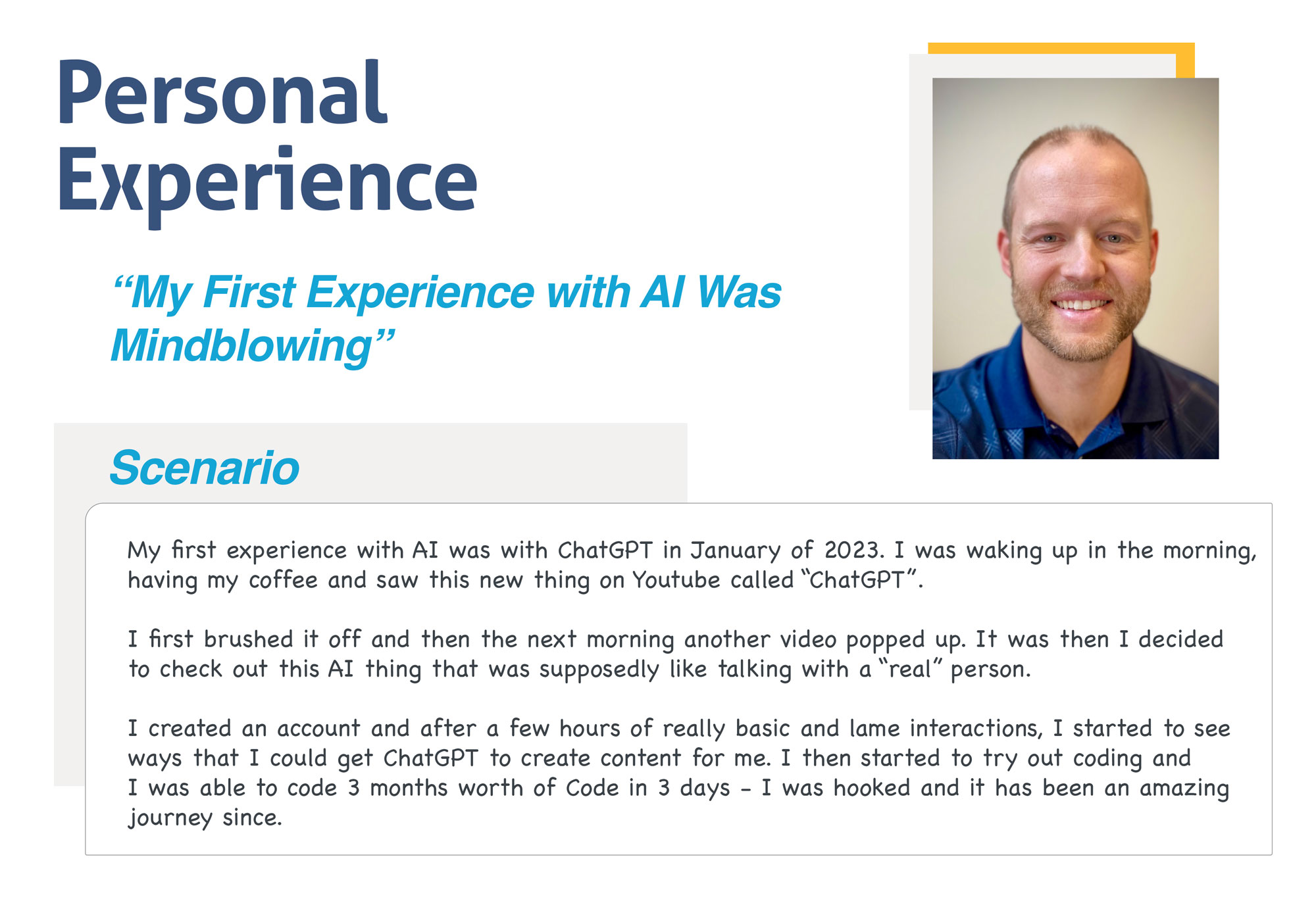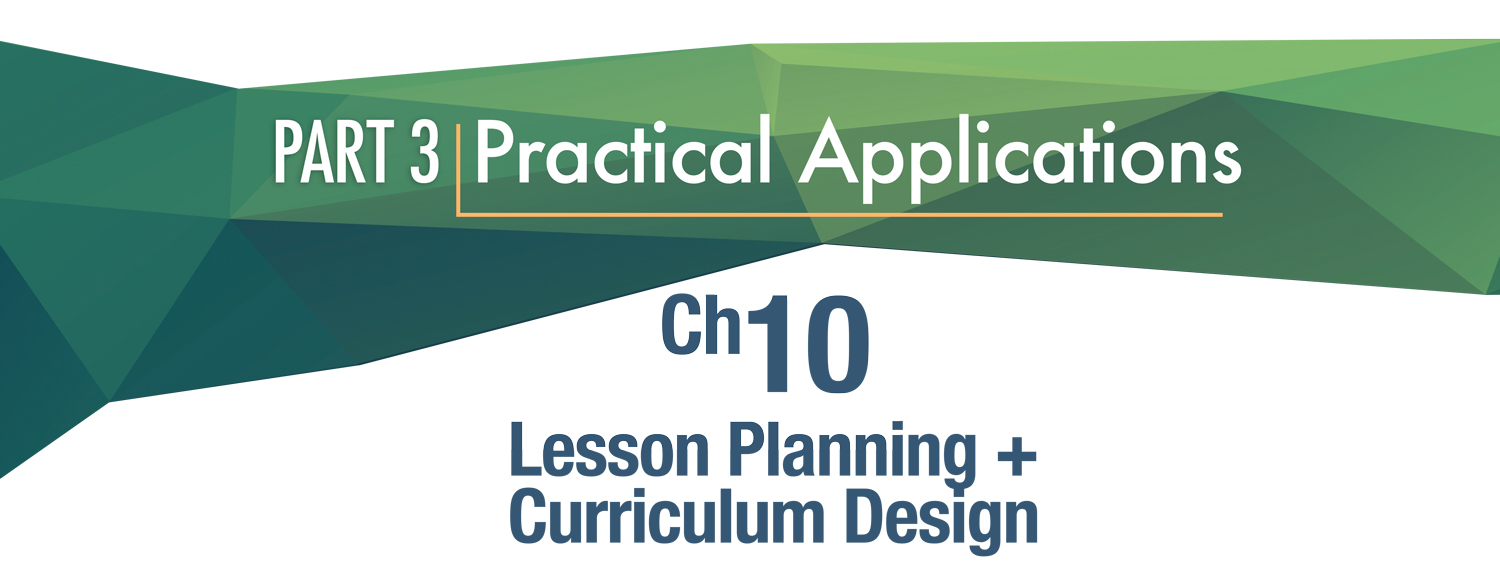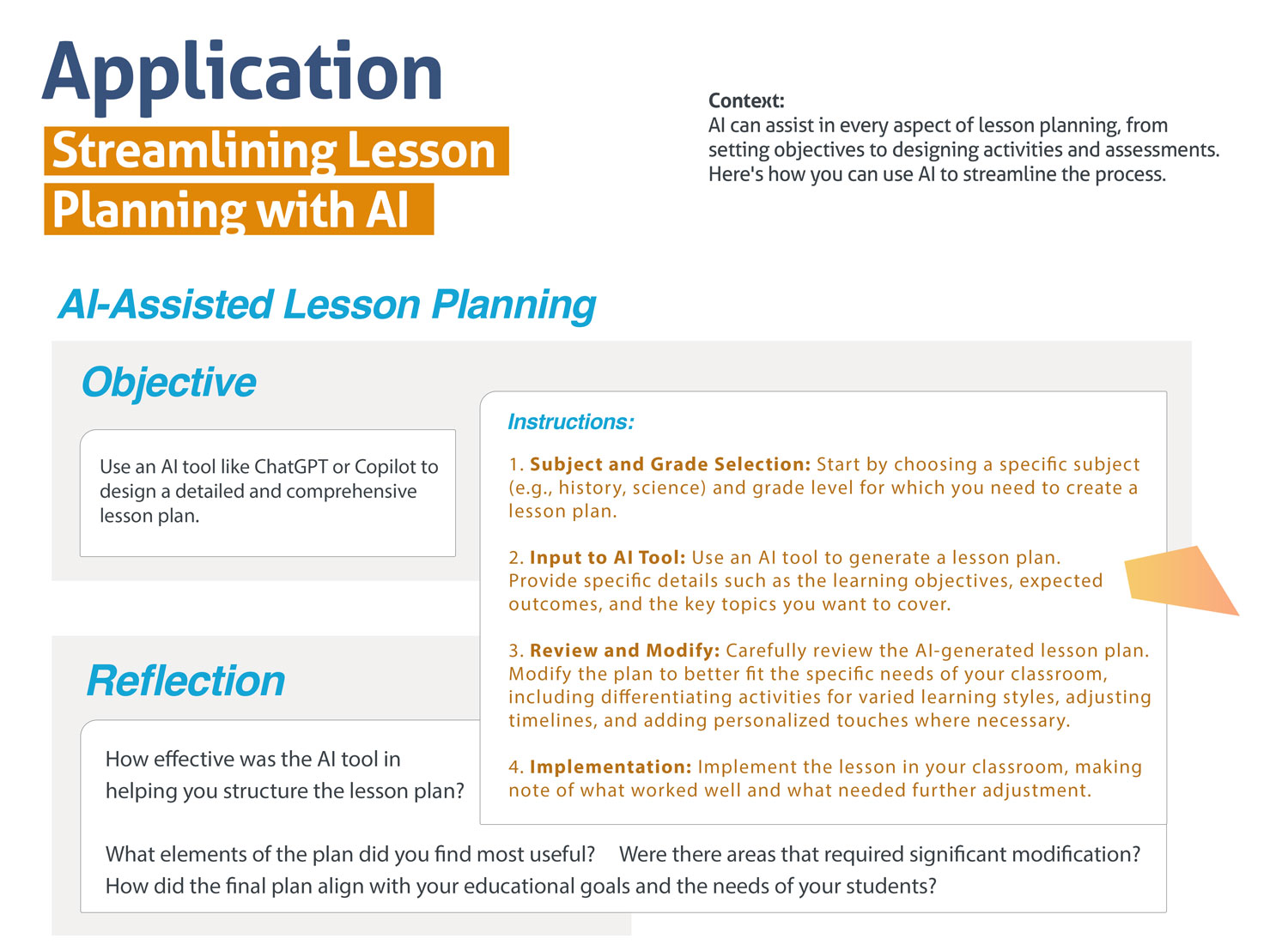


Artificial intelligence has rapidly become one of the most influential technologies in our lives, yet it remains shrouded in mystery for many. Before going into the practical aspects of interacting with AI, it’s essential to establish a clear understanding of what AI truly is, and what it isn’t. This chapter will lay the foundation by exploring the basic concepts of AI, its historical development, and its current state. We’ll also tackle some of the most common myths and misconceptions that can hinder a clear understanding of AI’s capabilities and limitations.
The Birth of AI (1950s-1960s)
The concept of AI dates back to the 1950s when pioneers like Alan Turing and John McCarthy began exploring the possibility of creating machines that could "think."
The early focus was on symbolic AI, where researchers tried to encode human knowledge into machines through explicit rules such as "if-then" logic.
The AI Winters (1970s-1990s)
After initial excitement, AI research faced significant setbacks due to limited computational power and overambitious goals, leading to periods known as "AI winters" where interest and funding declined.
The Rise of Machine Learning (2000s-Present)
The resurgence of AI in the 2000s was fueled by advancements in machine learning, where instead of programming explicit rules, machines were trained to learn patterns from data.
This shift, combined with the exponential growth in data and computational power, has led to the AI technologies we interact with today.
Myth 1: AI is a Sentient, All-Knowing Being
Reality: AI is not conscious. It doesn’t have desires, emotions, or self-awareness. AI systems are advanced tools that perform specific tasks by processing various types of data, such as real-world data, synthetic data, or internet-based data, through algorithms and learned patterns. They excel in specific domains but lack the general intelligence or consciousness that humans possess.
Myth 2: AI Will Soon Replace All Human Jobs
Reality: AI is expected to augment human capabilities, creating new roles and opportunities that didn’t exist before. The focus should be on how AI can complement human work, allowing us to focus on more complex and creative tasks like problem-solving, emotional intelligence, and innovation.
Myth 3: AI Can Make Decisions Like Humans
Reality: AI systems can make decisions based on data, but they do not "understand" context the way humans do. Their decisions are only as good as the data they are trained on. AI lacks the ability to grasp nuanced human contexts, ethics, or emotions in decision-making.
Myth 4: AI Is Infallible
Reality: AI systems are far from perfect and can make errors, especially if they are trained on biased or incomplete data. AI requires oversight, especially in fields like education where its outputs should be critically evaluated by human users.

Artificial Intelligence (AI) - The broad field of creating machines or systems that can perform tasks that typically require human intelligence, such as learning, reasoning, and problem-solving.
Machine Learning (ML) - A subset of AI that involves training algorithms to recognize patterns in data and make decisions or predictions based on that data.
Deep Learning - A type of machine learning that uses neural networks with many layers to model complex patterns in data.
Natural Language Processing (NLP) - A branch of AI focused on the interaction between computers and humans through natural language.
Neural Networks - A set of algorithms designed to recognize patterns, modeled loosely after the human brain.
Supervised vs. Unsupervised Learning - Supervised learning involves training a model on a labeled dataset. Unsupervised learning involves training a model on data without explicit labels, allowing the model to find patterns or groupings on its own.
Artificial Intelligence (AI) has evolved remarkably in recent years, becoming more advanced, accessible, and integrated into various aspects of life. However, while AI's capabilities have expanded, it remains “limited” but ever evolving, reflecting both its potential and its inherent constraints.
AI is now embedded in countless everyday applications, significantly altering how we interact with technology. Voice assistants like Siri, Alexa, and Google Assistant have revolutionized how we manage our daily tasks, from setting reminders and controlling smart home devices to providing instant answers to our questions. Similarly, recommendation algorithms on platforms like Netflix, Amazon, and Spotify analyze vast amounts of user data to offer personalized content, enhancing user experience by predicting preferences with increasing accuracy. These systems, though impressive, function within predefined parameters, relying on the specific data they are fed to generate results.
Across various sectors, AI is driving innovation and transforming traditional processes. In healthcare, AI-powered tools assist in diagnosing diseases, predicting patient outcomes, and personalizing treatment plans. In finance, AI algorithms detect fraudulent activities, assess credit risks, and automate trading strategies, contributing to faster and more accurate decision-making. The education sector is also witnessing the rise of AI in personalized learning platforms that adapt to individual student needs, helping educators address diverse learning styles. However, as AI becomes more prevalent in these critical industries, it introduces new challenges, particularly around ethics, accountability, and the risk of perpetuating existing biases if not carefully managed.
Despite the rapid advancements in AI, significant challenges remain. One of the most pressing concerns is data privacy, as AI systems often require access to large datasets, raising questions about how this data is collected, stored, and used. Algorithmic bias is another critical issue; since AI systems learn from existing data, they can inadvertently reinforce societal biases present in that data, leading to unfair or discriminatory outcomes. AI's capabilities are fundamentally limited by its design for narrow, specific tasks—this is present but appears to be changing as AI advances forward. Unlike humans, AI lacks general cognitive abilities, meaning it cannot transfer learning from one context to another or exhibit common-sense reasoning. This limitation underscores a significant gap between AI systems and human intelligence, particularly in tasks requiring complex judgment and nuanced understanding.
AI is both a powerful tool and a complex subject. The integration of AI into our daily lives is vastly more complex than we really know and can identify. By addressing common myths and gaining a foundational understanding of AI’s history, key concepts, and current state, we set the stage for the more practical, hands-on approaches that will be explored in the following chapters. Understanding the basics (and these are the basics) is the first step in learning the "language" of AI and using it to enhance your educational practices.

Integrating AI into lesson planning and curriculum design can revolutionize the way educators create and deliver educational content. By leveraging AI tools, teachers can craft lesson plans that are not only well-structured and comprehensive but also adaptable to the diverse needs of their students. This chapter will showcase practical applications of AI in streamlining lesson planning, offering detailed exercises, real-life examples, and additional formats for effective AI integration.
Example: A middle school science teacher uses an AI tool to create a differentiated curriculum that caters to diverse learning styles within the classroom. The AI suggests various activities and resources tailored to students who need additional support and those who require more challenging material.

Prompt:
"Generate a comprehensive lesson plan for [subject] at the [grade level]. The lesson plan should include the following elements:
Please ensure the lesson plan aligns with current educational standards and provides opportunities for student interaction and engagement."
Application: The prompt is designed to be clear and straightforward, ensuring that the AI focuses on the essential elements of a lesson plan. By eliminating unnecessary details, the AI can efficiently generate a well-organized lesson structure.
Analysis: Simplifying the prompt allows the AI to produce an output that is easy to understand and implement, reducing the time educators need to spend on planning.
Application: The prompt specifies critical components of a lesson plan, such as learning objectives, instructional activities, and assessment methods. This ensures that the AI's output is directly aligned with the educator's requirements.
Analysis: By being precise, the prompt helps the AI generate a lesson plan that meets specific educational goals, minimizing the need for further adjustments.
Application: After receiving the AI-generated lesson plan, educators can adapt the content to better fit the unique needs of their classroom, such as modifying activities for different learning styles or adjusting the timeline.
Analysis: Adaptability allows educators to iterate on the AI's suggestions, making the lesson plan more tailored to their students' needs while maintaining the core structure provided by the AI.
Application: The lesson plan generated by the AI can serve as a template for future lessons, reinforcing effective planning strategies and allowing for continuous improvement based on feedback.
Analysis: Reinforcement ensures that each lesson plan builds on previous successes, leading to more effective teaching over time.
Application: Educators use their understanding of AI's strengths and limitations to guide the AI effectively, ensuring that the generated lesson plan is practical and aligned with educational standards.
Analysis: By leveraging their knowledge, educators can set realistic expectations for the AI's output, ensuring that the tool is used to its full potential.





